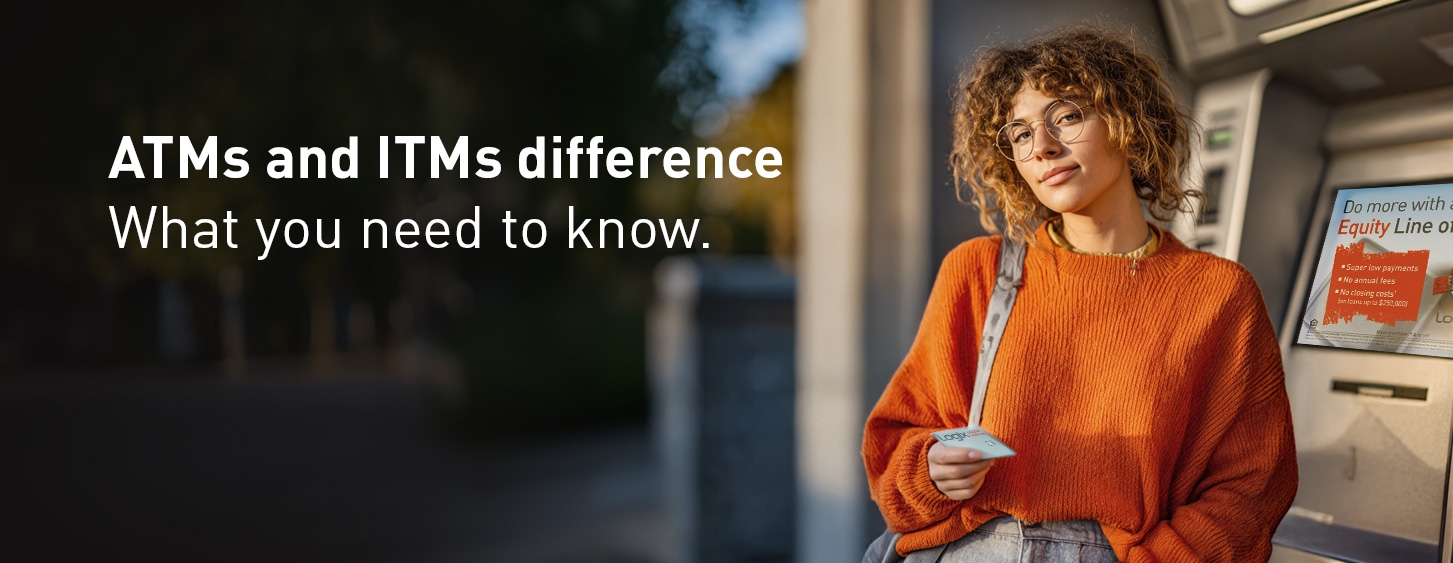
If you’re trying to pad a savings account (or multiple savings accounts), it can be daunting and overwhelming. The first thing you need to do is figure out how much you need to save.
Focus on the Emergency Fund
There are plenty of people who don't have an emergency fund. In fact, nearly 30 percent of Americans don't, according to a report by NeighborWorks America. The first type of savings you should focus on is an emergency fund.
The textbook definition of an emergency fund is an amount equal to 3 to 6 months (more or less) of your expenses. In other words, the amount you save is a multiple of the amount you spend each month.
Map it Out
Savings is great, but don’t save for the sake of saving. Make sure you have outlined what you’re saving for, how much it costs, and how long you’ll need to save to reach your goal. This part is relatively simple. Here’s how:
Let’s say you want to save $10,000 for a short film or a used car. Now you pick a time frame. Let’s say you want to have this saved up in two years. So you take $10,000 and divide it by 24 months (12 months x 2 years). Your monthly savings goal is
$416.67.
Reflect on whether or not the savings number is realistic and make adjustments accordingly. If you can’t afford to save that much, change one of the variables. The variables are the amount you need to save or the time frame you’re saving over.
First, Get to $1,000
If the thought of saving 6 months of your expenses is too daunting, break it up into smaller goals. The first goal is to save your first $1,000. The most annoying part of this is being consistent with your savings and staying disciplined. But once you get that first grand in the bank, recognize that you’ve achieved your goal. Be proud of yourself and celebrate it. It’s like watching the ball go through the hoop for the first time. It can be motivating if you are willing to view it from that perspective.
Save Your Windfalls
Every time you get a windfall of cash, squirrel it away in your savings account. Putting away chunks of cash is the fastest way to make gains and hit your savings goals. So if you get a tax refund, a bonus or sweet, sweet birthday cash, opt to save it rather than spend it.
Save Your Raises
Saving your raises is the best way to incrementally increase your savings without really feeling it. If you get a raise, keep your lifestyle the same. In other words, when you get paid more, don’t increase your expenses, instead save the difference. This also helps with retirement contributions.
Don’t Get Too Focused on Paying Down Debt
Yes, having debt costs money because you have to pay interest, but not having a savings can also risk you getting into more debt. If you don’t have any money saved up for an emergency and something pops up, you’ll have to borrow more money. Debt becomes a revolving door.
Trick Yourself
If saving feels like deprivation, try to reframe it. If you’re into games, or are competitive, use that to your advantage. Try to save extra when you can and celebrate it.
A lot of motivation and success in reaching your goals isn’t a result of pure grit as much as a constant reframing of your perspective to allow you to continue on the right path.
____________________________
Occasionally, Logix will invite guest bloggers to post on assorted financial topics. These posts may or may not represent our views






%20(952%20x%20317%20px)-2.png)




